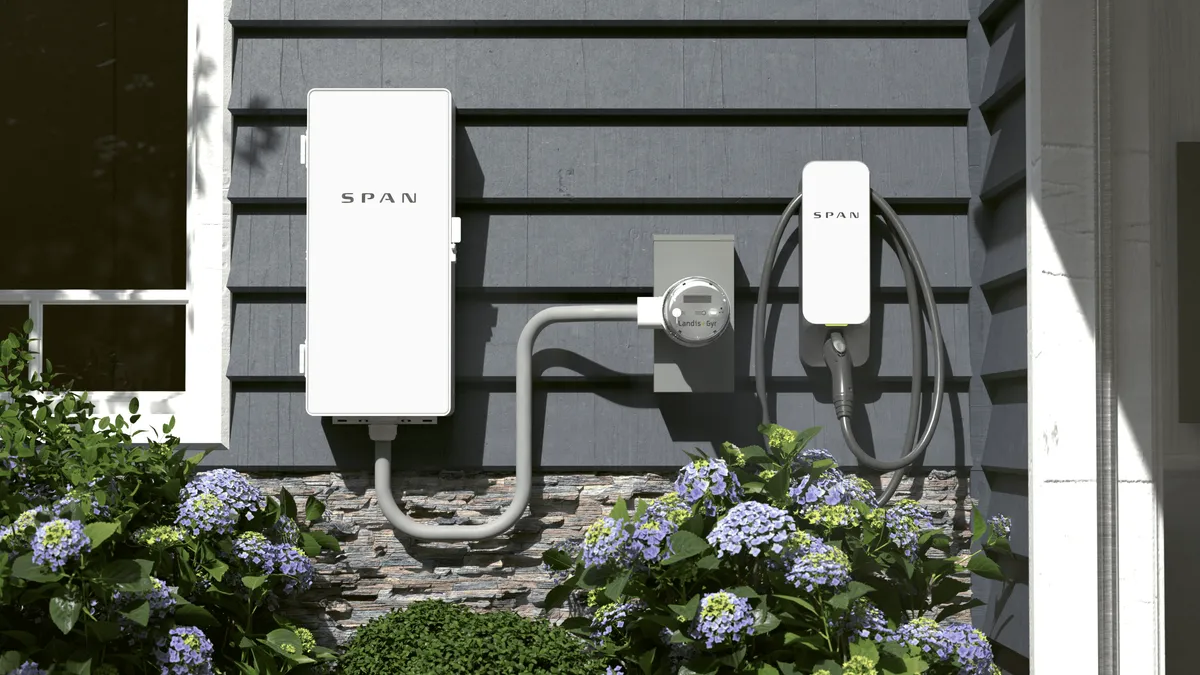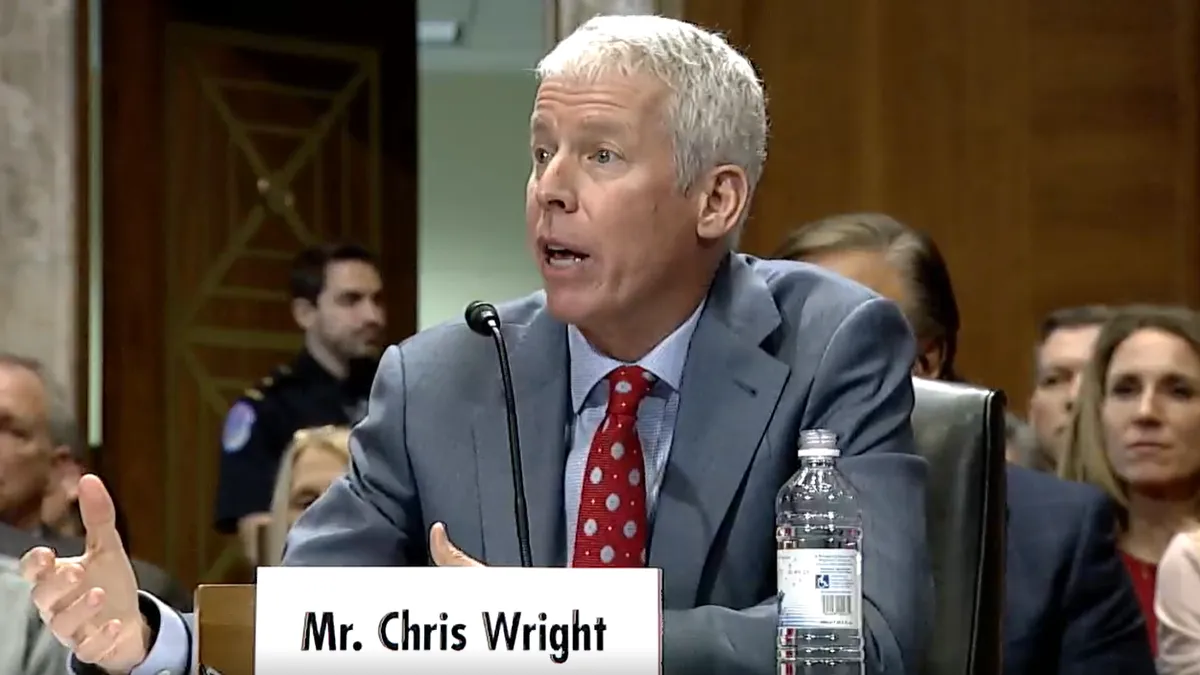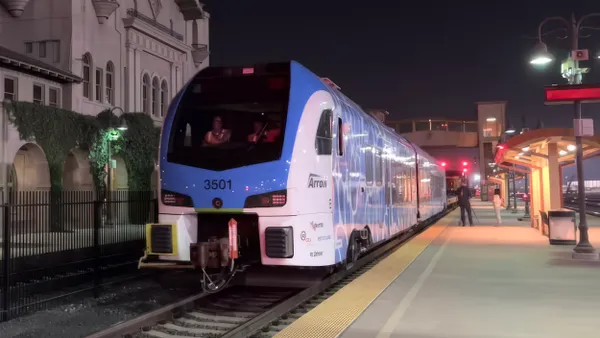If you are looking for a good deal on energy in Arizona, here's a hint: around lunchtime in the month of March, it's usually free.
Arizona Public Service recently proposed a slate of efficiency and demand-side measures that include many of the usual suspects, along with new takes on traditional resources. The utility's plan includes incentives for smart thermostats, electric vehicle charging infrastructure, energy storage and water heater timers — along with a new "reverse demand response" product that aims to balance system load with excess renewable generation.
"Reverse demand response is really a reflection of our demand side planning and APS' commitment to partner with customers to act as system resources," explained Kent Walter, manager of customer technology and product development for the utility.
APS is a summer-peaking utility that experiences mild temperatures through three seasons. As temperatures heat up in the summer months, air conditioning sucks up available generation. But with more moderate temperatures nine months out of the year, the utility has access to an excess of energy that often has nowhere to go.
The utility is a member of the California ISO's Energy Imbalance Market, a real-time marketplace that helps several balancing areas voluntarily trade energy. The market sends 5- and 15-minute price signals, which on mild sunny days can show up as negative pricing: renewable generation that customers get paid to take, in order to avoid curtailments.
"We see a lot of load needs during the fall, winter and spring, reflecting themselves in negative pricing and steep ramps coming out of negative pricing periods," said Walter. "With the growth of solar generation, load growth hasn't kept up … We see opportunities to be able to engage our customers to help better balance the system in real-time, but also absorb negative pricing, which also lowers their bills."
Different than load shifting
"Reverse demand response is very different than load shifting," he added. "We encourage customers to shift loads and we have demand charges within our (commercial and industrial) rates ... we try to have customers manage the load, but reverse demand response is very different."
Specifically, APS is looking for dispatchable loads that "serve the community in some way," said Walter. The program has a relatively small budget of $200,000 to get off the ground, but is uncapped in the volume customers could take.
APS has left the program flexible, open to all non-residential dispatchable loads with at least 30 kW of demand. That could include C&I customers, but the loads must be non-essential. "They can't be counting on it," Walter said. Beautification efforts like, a town fountain that only runs during negative pricing, for instance, might be a qualifying load.
APS has a Power Supply Adjuster, so any benefit the utility receives from that Energy Imbalance Market goes directly to customers. During negative pricing periods, consumers able to take the power are paid by generators who want to avoid curtailment. Those revenues are used to help lower bills.
One more tool for integrating renewables
Brett Feldman, principle research analyst for Navigant, is working on a report due out this fall examining renewables integration through demand response, storage, reverse demand response and similar programs being used to balance the growing volume of intermittent resources on the grid. Lowering demand in times of tight supply is a well-known concept, he said, but so far the idea of turning up demand is relatively new.
"I definitely wouldn't say it's common, I only know a few programs," he said. But "as you see more wind and solar on the system, it's picking up... a lot of it can be addressed by energy storage, but this is a perfect application."
While APS' program is specific to dispatchable non-essential loads, Feldman said the same concepts can apply to a wide range of load types. Electric vehicle charging is one possibility, as is grid-connected energy storage. He pointed to a project between Bonneville Power Administration and EnerNOC a few years ago aligning refrigeration storage with excess wind energy.
On the residential side, some appliance usage could be shifted into negative pricing events.
"Normally you shift appliances to off-peak, but in theory you could do some of those things whenever you need to increase the load," said Feldman.
Texas is another area that has dealt with large amounts of renewables, and the balancing and pricing issues that accompany the resource. The Electric Reliability Council of Texas is an isolated system, with significant wind resources. Some utilities have offered free electricity to customers during off-peak hours.
"Load serving entities can make money by having more load. Even if they give it away for free to customers, they still make a profit because they're actually getting paid for it," said Feldman.
Creative uses for free energy
While traditional demand response signals the customer to decrease demand, and time varying rates incentivize shifting load, APS' reverse demand response is distinct. In instances where a customer in the reverse demand response program would access negative pricing, all other economic solutions have already been run through. It means the types of loads capable of participating may be limited, but APS said it expects customers to find creative uses for free energy.
"I like that we have remained flexible to work with customers around what brings value to them. We don't have a prescribed technology or approach. It really is an opportunity to flexibly engage our customers," said Walter, "And flexibility as a resource is important."
Negative pricing is not a new phenomenon, particularly in California. But as Utility Dive reported earlier this year, what has changed is the regularity and reliability of the events. CAISO curtailments rose steadily in the second half of 2016 as solar penetration reached new highs.
In March of this year, CAISO curtailed about 80,000 MWh — up from 47,000 MWh in March 2016.
But APS is hoping reverse demand response program will help balance the system and avoid renewables curtailments, while also creating value for the utility's customers.
"Because of our power supply adjustment, this is not something APS receives a direct benefit for," Walter said. "The value goes back to our ratepayers."























